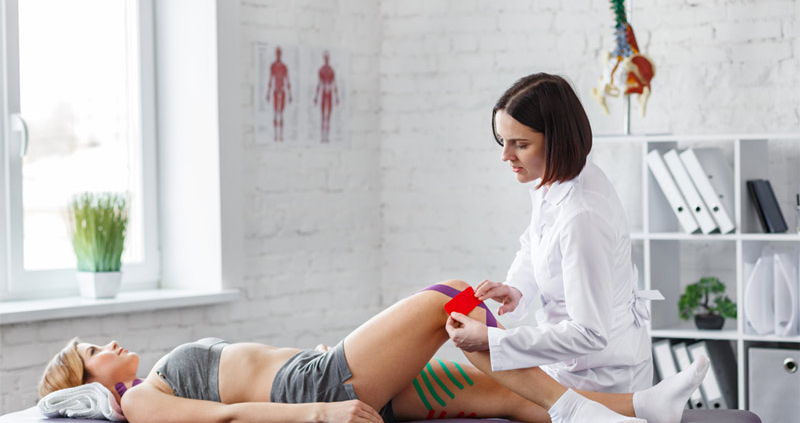Have Knee Pain Symptoms? Know When It’s Time to Seek Medical Attention.
Your knees are the largest, most active joints in your body and the hinge point of your legs.
It’s easy to think most knee pain comes on as a result of injury during strenuous activities. But everyday activities in work and school can cause it, too.
And for many people, chronic knee pain sets in as they age.
Knee Pain You Can Treat At Home
Like other pain symptoms, some knee pain is not severe enough to require medical attention. You can manage the following symptoms at home:
1. Mild to moderate knee pain after a strenuous activity that you don’t normally do, like running or walking a few miles.
2. Mild to moderate knee pain that comes on slowly.
3. Mild to moderate knee pain from minor injuries without significant movement limitation or inability to bear weight, such as mild knee strains.
Knee Pain that Requires Immediate Medical Attention
Seek immediate medical attention when knee pain is severe, especially when accompanied by weakness and limited range of motion.
Intense Pain: Go to urgent care or the emergency room if you have severe knee pain, especially from a forceful impact.
Deformed joint: Go to urgent care or the emergency room when your knee joint is deformed. A dislocation and or break is likely.
Popping Noise: Go to urgent care or the emergency room if there was a popping noise when your knee was injured.
Sudden Knee swelling: Go to urgent care or the emergency room if your knee swells up suddenly.
Knee Pain Symptoms that Require A Visit to the Doctor
Sudden knee swelling: If swelling sets in gradually, schedule a doctor’s appointment. Significant swelling of the knee can cause joint tissue damage, cartilage degradation, and bone softening.
Joint weakness: See a doctor if your knee cannot bear weight and you need support to walk.
Tenderness and warmth: Schedule a doctor’s appointment if your knee feels warm and sensitive to the touch.
What to Expect During Examination
A doctor will examine your knee and, depending on the symptoms, do the following:
- Drawing fluid from the knee
- Taking an x-ray
- Take an MRI
Surgery may be necessary to correct the damage. If not, the doctor will recommend home treatments such as rest, hot and cold therapy, and pain medications.
Knee Pain Treatment in Houston and Dallas
You don’t need to rush to the ER for non-severe knee pain symptoms, but you should schedule a doctor’s appointment. Texas Pain Physicians’ team of board-certified pain specialists are experts at diagnosing, treating, and managing knee pain.
Put your best foot forward by booking an appointment online or calling us today at (972) 636-5727.


